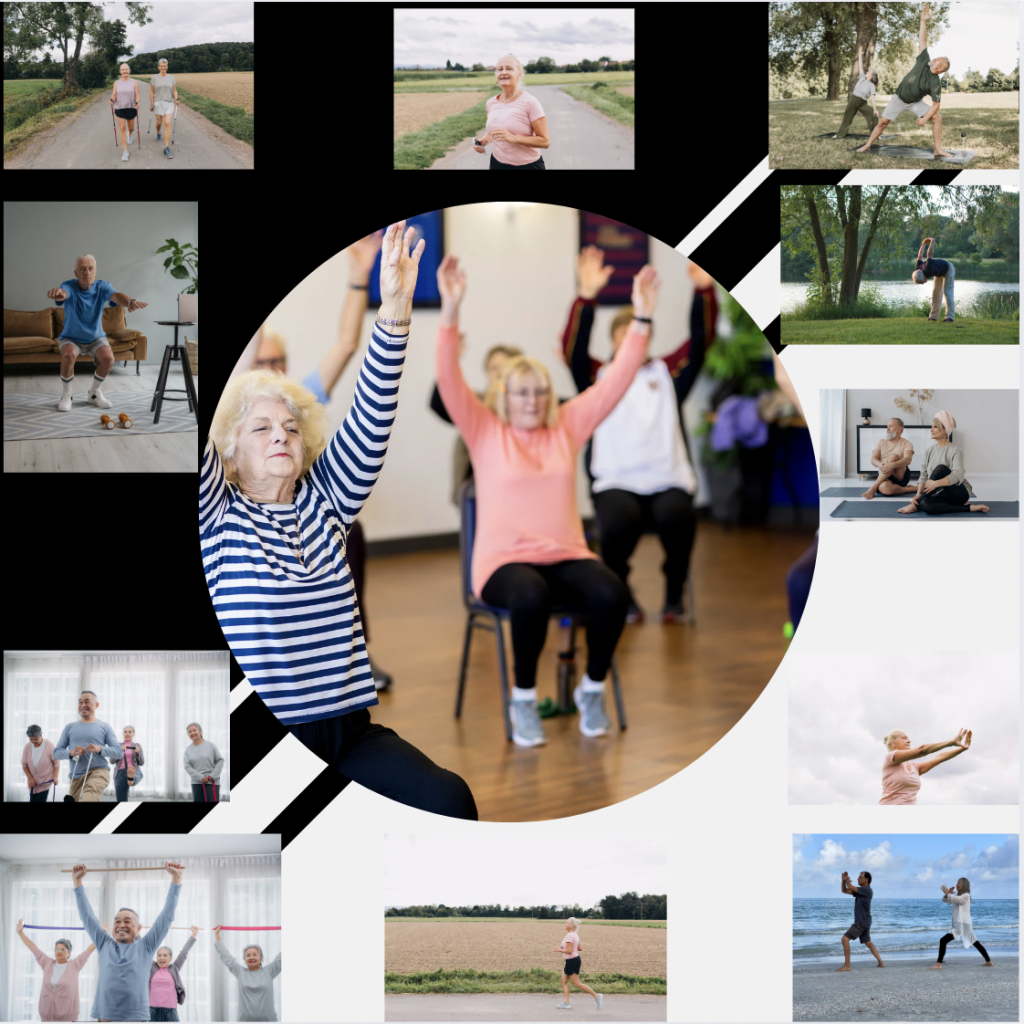OPAL: A New Lens on Active Living

A new study has shown that the Older Persons’ Active Living (OPAL) measure—a 17-question tool—effectively captures how actively older adults are living at a single point in time. This tool helps researchers estimate the ways older people live and feel about their lives (their “ways of being”), which is an essential factor in maintaining health and quality of life as we age. This challenges conventional wisdom and opens up a new way of thinking about what active living means to older adults. Active living, therefore, depicts “ways of being”, not “what is done” nor “level of physical engagement” nor “physical activity lifestyle.”
However, there’s more to discover. The next step is to see if the OPAL measure can consistently track active living levels over extended periods and assess how it responds to various interventions aimed at boosting activity. Researchers are also exploring if shorter versions of the OPAL measure could provide similar results, making it even easier to use.
Additionally, studies in different cultural and language settings are essential to determine if the OPAL measure can reliably reflect active living worldwide. By gaining a deeper understanding of active aging on a global scale, researchers hope to support healthier, more engaged lives for older adults everywhere.
Source:
Mayo, N. E., Auais, M., Barclay, R., Branin, J., Dawes, H., Korfage, I. J., … & Kuspinar, A. (2024). Measuring what matters to older persons for active living: part II cross-sectional validity evidence for OPAL measure across four countries. Quality of Life Research, 33(10), 2661-2673.

Your writing has a way of resonating with me on a deep level. I appreciate the honesty and authenticity you bring to every post. Thank you for sharing your journey with us.
Thank you for your profound support!
Hi Neat post There is a problem along with your website in internet explorer would test this IE still is the market chief and a good section of other folks will pass over your magnificent writing due to this problem
Thank you so much for your input! We truly appreciate this!